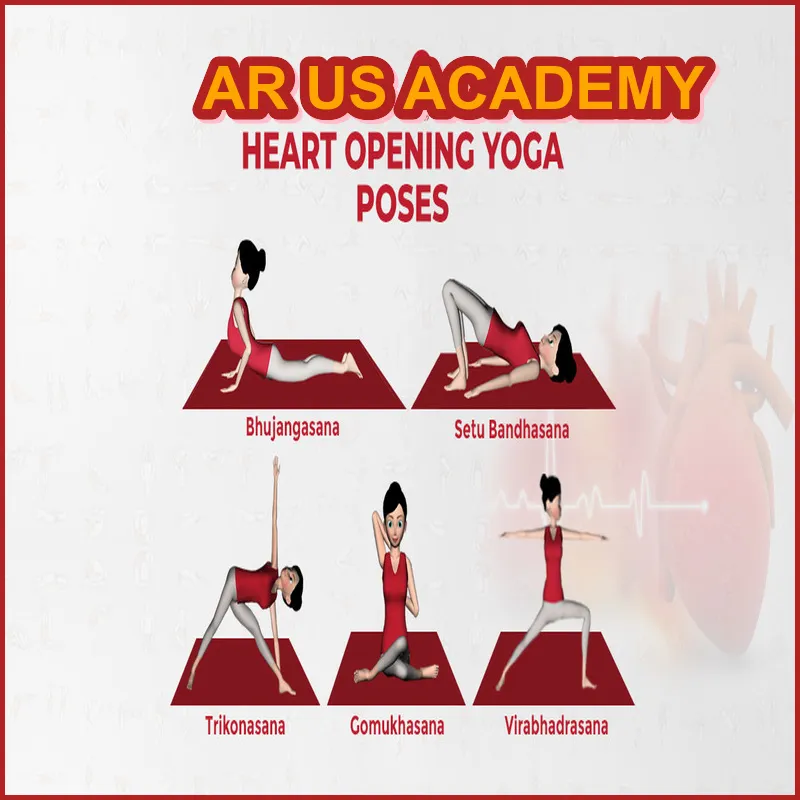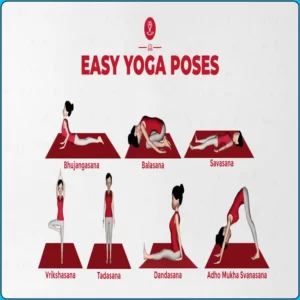
Yoga Poses: 9 Best Common, but Avoidable Mistakes
Yoga poses/ yoga at home common mistakes
Do you feel that your yoga practice is in jeopardy? Even though this is a basic guideline for yoga postures and at-home yoga, there are some yoga positions that you can perform incorrectly without even recognizing it. Some of them are covered here on International Yoga Day. If you have made the decision to incorporate fitness mantra into your daily routine, we will discuss common mistakes you make in your at-home yoga practice and how to fix them.
Do not look at the screen suddenly in online class
People are now taking yoga courses online in addition to the majority of gyms and public classes that were closed due to COVID-19. However, do not abruptly halt in the middle of a posture or swivel your head or neck in the direction of the screen while you have the laptop or smartphone in front of you and are following spoken directions. Reach out for This may result in a danger of sprain or strain.
Wearing inappropriate clothing
It could be tempting to begin practicing yoga at home while dressed comfortably, but this isn’t always a smart option. Clothing that is poorly fitting or overly tight might be distracting when doing yoga poses. Therefore, it is always advised to experiment a little before choosing the appropriate yoga attire. Wearing clothing that feels pleasant on the skin and is composed of light fabrics is also crucial.
Article About:- Health & fitness
Article About:- Medical Technology
Article About:- Sports
Running through routine
Yoga means you focus on your breathing and other exercises. Don’t let the class move while you do yoga, rather you enjoy it and allow that mind-body connection.
Don’t exceed a limit
While exercising, you do yoga poses more than a limit of any kind, it is also not right for you. Don’t train or push yourself to perfect a pose that you may not be able to do. Being overzealous can hurt you.
Don’t use props
It’s easy to overlook the importance of props when practicing at home. Yoga props like blocks, straps, belts, etc. support the practice. Props help yoga practitioners master postures that demand balance and flexibility. They can also help build muscle and deepen twists. Props help yoga practitioners gain the sensitivity of a pose while reaping the benefits and not overdoing it.
Avoid warm-up
The idea behind warming up is to gently introduce it to what your body needs. There are different ways to warm up the body like light jogging, stretching, brisk walk etc. Warming up speeds up your cardiovascular system and gradually increases blood flow, simultaneously raising body temperature. It reduces the risk of injury and also reduces muscle soreness.
Inconsistent practice
In today’s time, almost everyone is leading a chaotic, busy and distracted life. A person has to deal with daily professional work, household chores, family responsibilities and other tasks. With so many people taking part in yoga, it can be challenging to maintain a consistent practice. This makes progress difficult and reduces the beneficial effects of yoga on mind, body and spirit.
Practising yoga on a full stomach
You should never practice yoga on a full stomach. When there is food in your bowel, it takes up space, making it difficult for you to bend forward or twist. Shoulder stand or headstand also becomes difficult in full stomach. Most importantly, when yoga is practiced on a full stomach, a person may feel nauseous or vomit.
Using a low quality mat
It’s perfectly fine for you to start your yoga practice with an inexpensive beginner mat, but keeping it for years can slow progress. An old yoga mat may bend due to less grip on the surface, may not stay flat, or it may even cause you to slip. Mat issues can be distracting, can prevent you from achieving perfect poses and can lead to injury.
Few last words
Although you are advised to do yoga under an experienced and trained, authorized yoga instructor, but still there are chances of mistakes being made due to lack of explanation. So, always make your doubts known to your trainer.

Frequently Asked Questions
What is 108 asanas?
The Yogaru 108 Asana Yoga Cards are made to be a simple-to-use sequencing tool for practitioners of all skill levels, whether they are practicing at home, on the go, or in a class setting. Every card features Sanskrit/English asana titles, alignment hints, a levels guide, and a special coding system based on yoga anatomy.
What are yoga poses for?
You can handle tension and anxiety and unwind with the aid of yoga. In yoga, positions, often referred to as postures, are frequently paired with deliberate breathing techniques, relaxation techniques, and meditation. These are a set of exercises meant to improve flexibility and strength.
How many asanas per day?
Although each asana has significance of its own, you should perform at least 35 of them. However, you can also choose the ones you feel most comfortable performing at first and dedicate at least thirty minutes each day to them. You can progress to more asanas later on once your body becomes somewhat flexible from frequent yoga practice.
Why there are 12 asanas in Surya Namaskar?
The twelve solar cycles can synchronize with your physical cycles through the use of the twelve postures in the Surya Namaskar design. The center of the human body is the solar plexus.
Who is the father of yoga?
Patanjali is regarded as the founder of contemporary yoga. Tirumalai Krishnamacharya is regarded as the founder of modern yoga in many regions of India.
Which yoga is best for body?
Out of all the yoga poses, this one is the most useful and efficient. Being able to make our bodies supple and flexible enough to enable prolonged periods of sitting meditation is the ultimate aim of yoga asana practice. For all yogis, padma asana is the ideal posture.
How old is yoga?
The roots of yoga can be found more than 5,000 years ago in northern India. The Rig Veda is an ancient religious literature that contains the earliest recorded occurrence of the word yoga.







